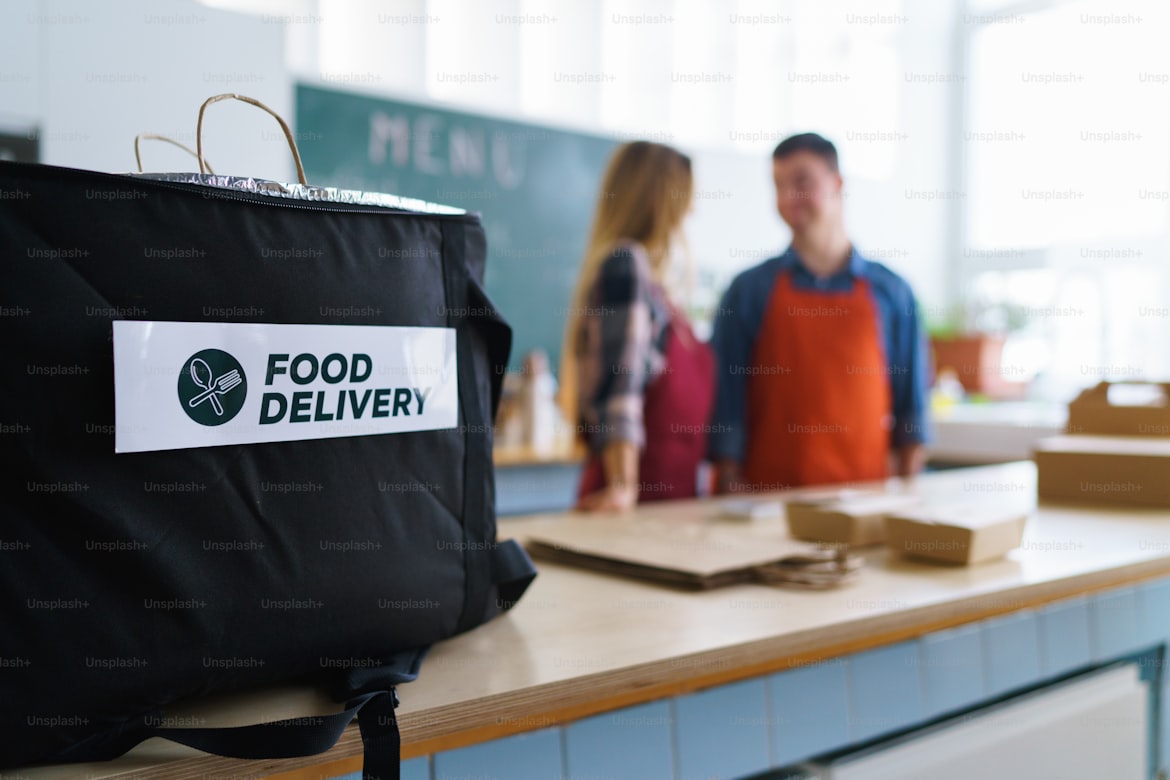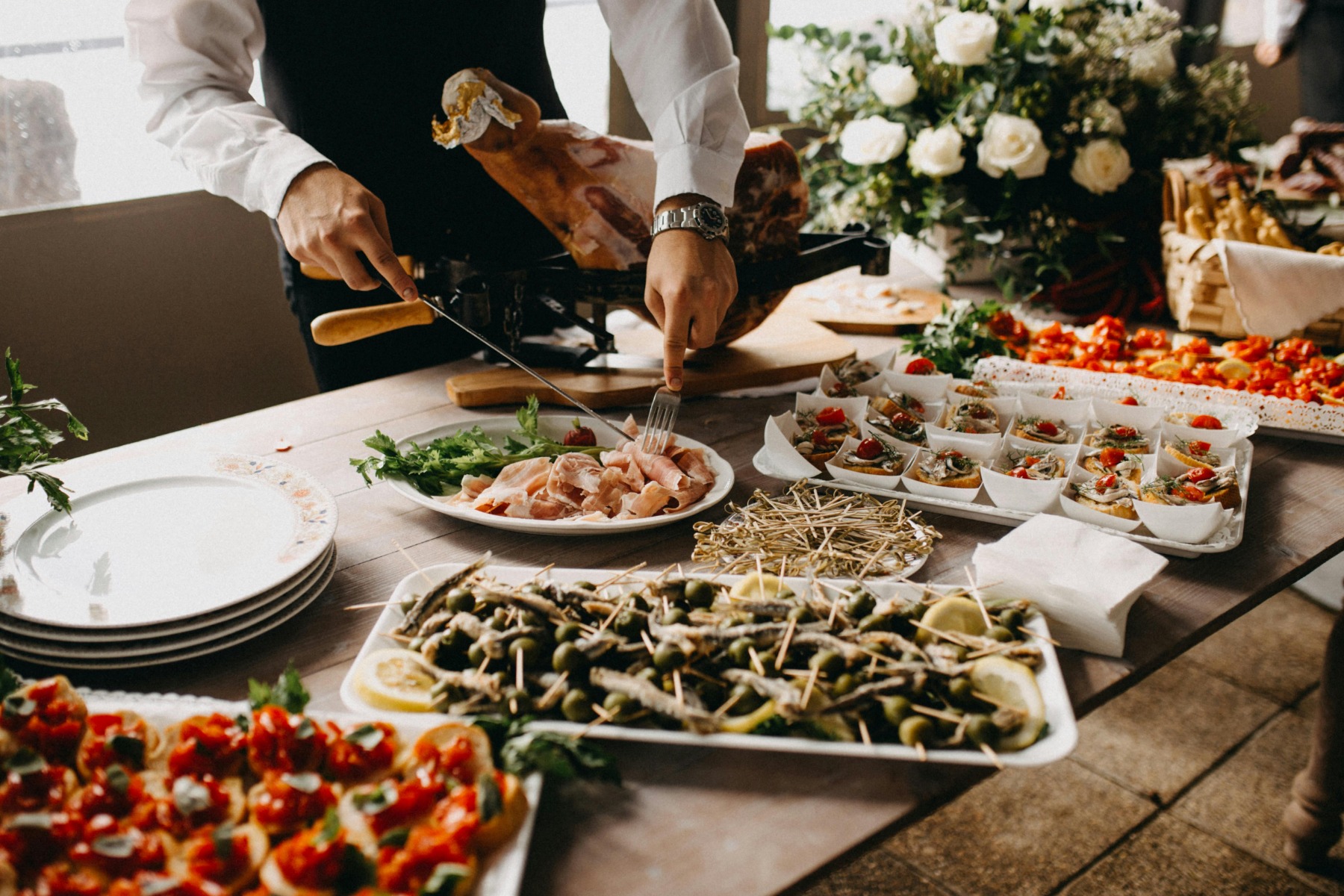Feedback is a gift that many businesses overlook, but when used effectively, it can drive meaningful improvements. For restaurants offering catering services, client feedback can be a goldmine of insights to enhance not only catering operations but also the in-restaurant dining experience. Here’s how you can leverage feedback to create a seamless and memorable experience for all your guests.
1. Spot Trends and Preferences
Catering feedback often highlights popular menu items or dishes that exceed expectations. Are clients consistently praising a specific dish? Consider spotlighting it on your in-restaurant menu or making it a signature offering. Conversely, if certain dishes receive repeated criticism, it’s a sign to refine the recipe or presentation.
Pro Tip: Use customer surveys and review platforms to categorize feedback into themes like taste, portion size, or presentation. This will help you pinpoint specific areas for improvement.
2. Refine Customer Service Standards
Catering reviews frequently comment on service quality, such as timeliness, professionalism, and attentiveness. These insights can be directly applied to your in-restaurant operations. If clients commend your catering staff for their friendliness or efficiency, ensure those standards are consistent across all touchpoints in your restaurant.
Actionable Step: Share positive client feedback with your team to motivate them and set service benchmarks. Use constructive feedback as part of ongoing staff training to address gaps.
3. Streamline Operations
Logistical challenges mentioned in catering feedback—like late deliveries or order mix-ups—can also occur in the restaurant. By addressing these issues, you not only improve your catering service but also create a more reliable and enjoyable experience for dine-in guests.
Quick Fix: Implement technology tools for better order tracking and communication. A robust system helps streamline processes for both catering and in-restaurant operations.
4. Personalize Guest Experiences
Catering clients often share preferences and unique needs in their feedback. Use this information to anticipate guest preferences in your restaurant. For example, if many catering clients request gluten-free options, it’s worth considering an expanded gluten-free menu for your dine-in customers.
Takeaway: Personalization based on real feedback builds loyalty and sets your restaurant apart from competitors.
5. Turn Negative Feedback into Opportunities
While negative feedback may sting, it’s an invaluable resource for improvement. Use it as a learning opportunity to identify weak spots in both catering and restaurant operations.
Example: If a client mentions that a catering dish arrived cold, investigate whether the issue lies with packaging, timing, or preparation. Apply these findings to ensure in-restaurant meals are always served at the ideal temperature.
6. Bridge the Gap Between Catering and Dine-In Experiences
Consistency is key. Guests who experience your food through catering may visit your restaurant expecting the same quality and service. Use feedback to ensure seamless transitions between your catering and in-restaurant experiences.
Final Thought: When catering clients see that their feedback is valued and acted upon, it builds trust and encourages loyalty. This, in turn, creates a cycle of positive reinforcement that benefits both your catering and restaurant operations.
By proactively gathering and applying feedback, you not only enhance your restaurant’s reputation but also deliver exceptional experiences that keep guests coming back. Ready to take the next step? Start by analyzing your most recent catering feedback and identify actionable changes to implement in your restaurant today!


